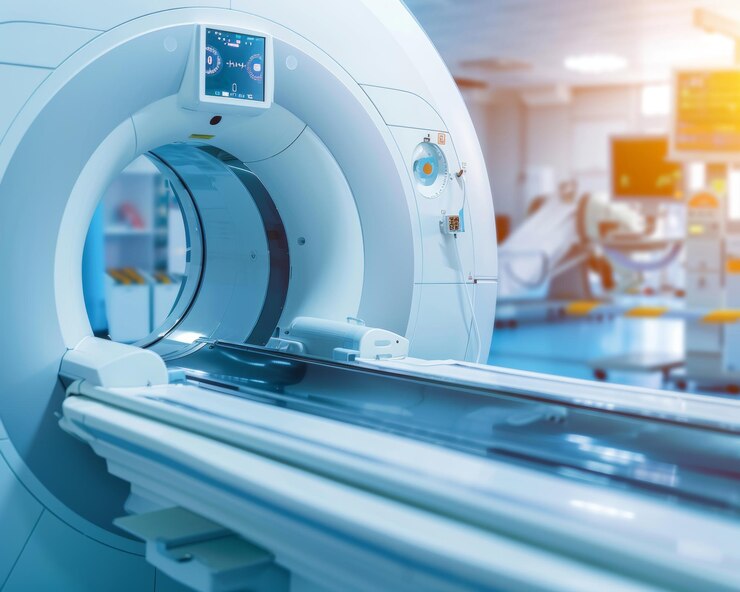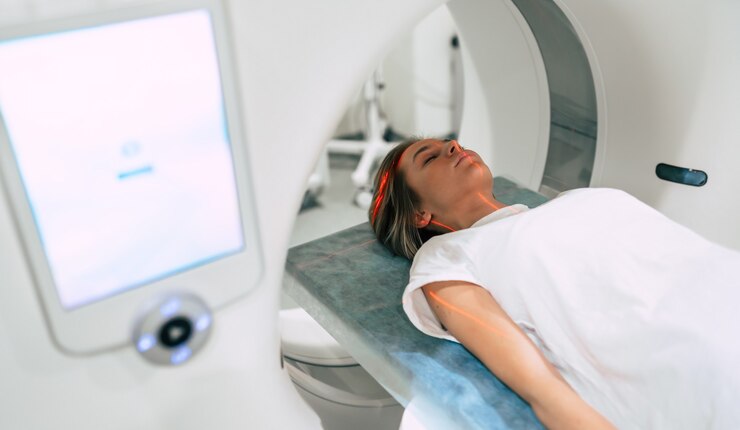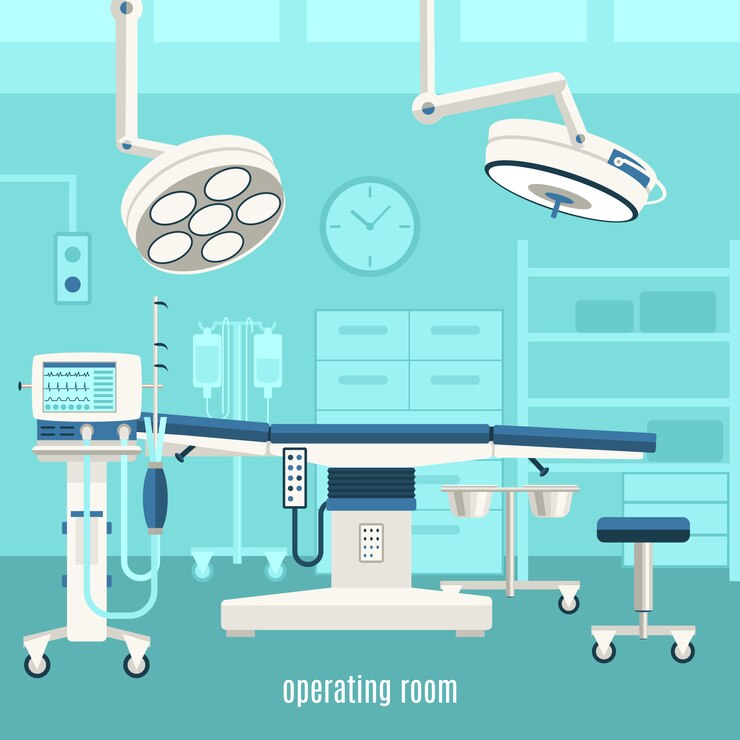How to Choose the right MRI Machine
Define Your Clinical Applications
Your specialty determines the specs and features you need:
| Application | Requirements |
| Neuroimaging | High-resolution brain and spine imaging |
| Musculoskeletal (MSK) | Detailed joint and soft tissue views |
| Cardiac MRI | High speed, motion correction, ECG gating |
| Abdominal/Pelvic | Fat suppression, motion control |
| Breast Imaging | Dedicated coils, high resolution |
| Pediatrics | Quiet scans, sedation support |
| Whole-Body or Oncology | Multi-station scanning, diffusion sequences |
Select the Right Field Strength
Field strength affects image quality, scan time, and cost:
| Field Strength | Use Case | Pros | Cons |
| 0.2T – 0.5T (Low-field) | Basic ortho, small clinics | Affordable, open design | Limited resolution, longer scans |
| 1.5T (Mid-field) | General purpose, hospitals | Versatile, widely used | May not capture subtle pathology |
| 3T (High-field) | Research, neuro, cardiac | High detail, fast scans | Costly, more artifacts |
| 7T (Ultra-high field) | Research only | Superior resolution | Limited clinical use, expensive |
Choose Between Open vs Closed MRI
| Type | Advantages | Disadvantages |
| Closed MRI | Higher image quality | Claustrophobic, louder |
| Open MRI | Patient comfort, good for obese/children | Lower image resolution (except in high-end open 1.5T units) |
Evaluate Gradient Performance
Important for image clarity and scan speed:
- Gradient Strength (mT/m): Higher is better (at least 33 mT/m for quality imaging)
- Slew Rate (T/m/s): Faster gradients = quicker scans with less motion artifacts
Coils and Imaging Accessories
Choose systems with a wide range of dedicated coils:
- Head, spine, knee, breast, body, cardiac, vascular
- Multi-channel phased-array coils for higher signal-to-noise ratio
Software Features
Look for modern software and AI support for:
- Motion correction
- Metal artifact reduction
- Automated protocols
- DICOM & PACS integration
- 3D reconstruction, functional MRI (fMRI), spectroscopy (MRS), DWI/DTI
Patient Comfort and Workflow
Important for scan success and efficiency:
- Short-bore or wide-bore designs (70 cm) for claustrophobic patients
- Noise reduction (silent scan tech)
- Fast scan protocols and table automation
- In-bore entertainment (audio/video)
Top MRI Machine Brands
Trusted manufacturers known for quality and service:
- GE Healthcare – SIGNA series (1.5T, 3T)
- Siemens Healthineers – MAGNETOM series
- Philips – Ingenia, Achieva series
- Canon Medical (Toshiba) – Vantage series
- Hitachi – Known for open MRI options
- United Imaging – Rapidly growing in premium 3T space
Cost Overview
| Type | Price Range |
| Low-field (0.3T–0.5T) | $300,000 – $800,000 |
| 1.5T MRI | $1 million – $1.5 million |
| 3T MRI | $1.5 million – $3 million |
| Refurbished (1.5T/3T) | 40–60% of new price |
| Operating Costs | ~$200K/year (includes cryogens, service, electricity) |
Site Planning & Installation
- Room must be shielded (RF cage)
- Structural support for magnet weight
- Cooling systems (chiller or cryogen venting)
- MRI-safe anesthesia if needed
Regulatory Compliance
Ensure the machine is compliant with:
- FDA/CE regulations
- DICOM standards for imaging
- Local radiation and magnetic safety codes
Service, Warranty & Support
Before buying:
- Check service availability in your region
- Evaluate uptime guarantees
- Look for included training and applications support
- Prefer vendors with remote diagnostics and predictive maintenance





